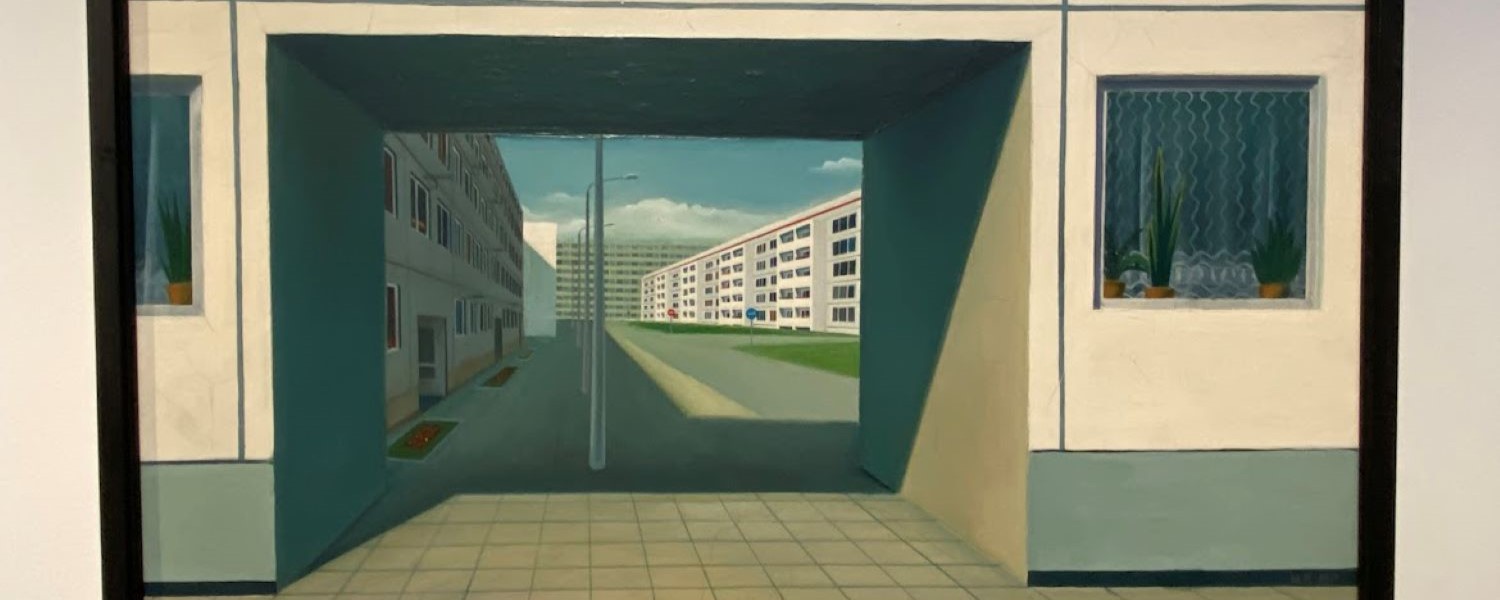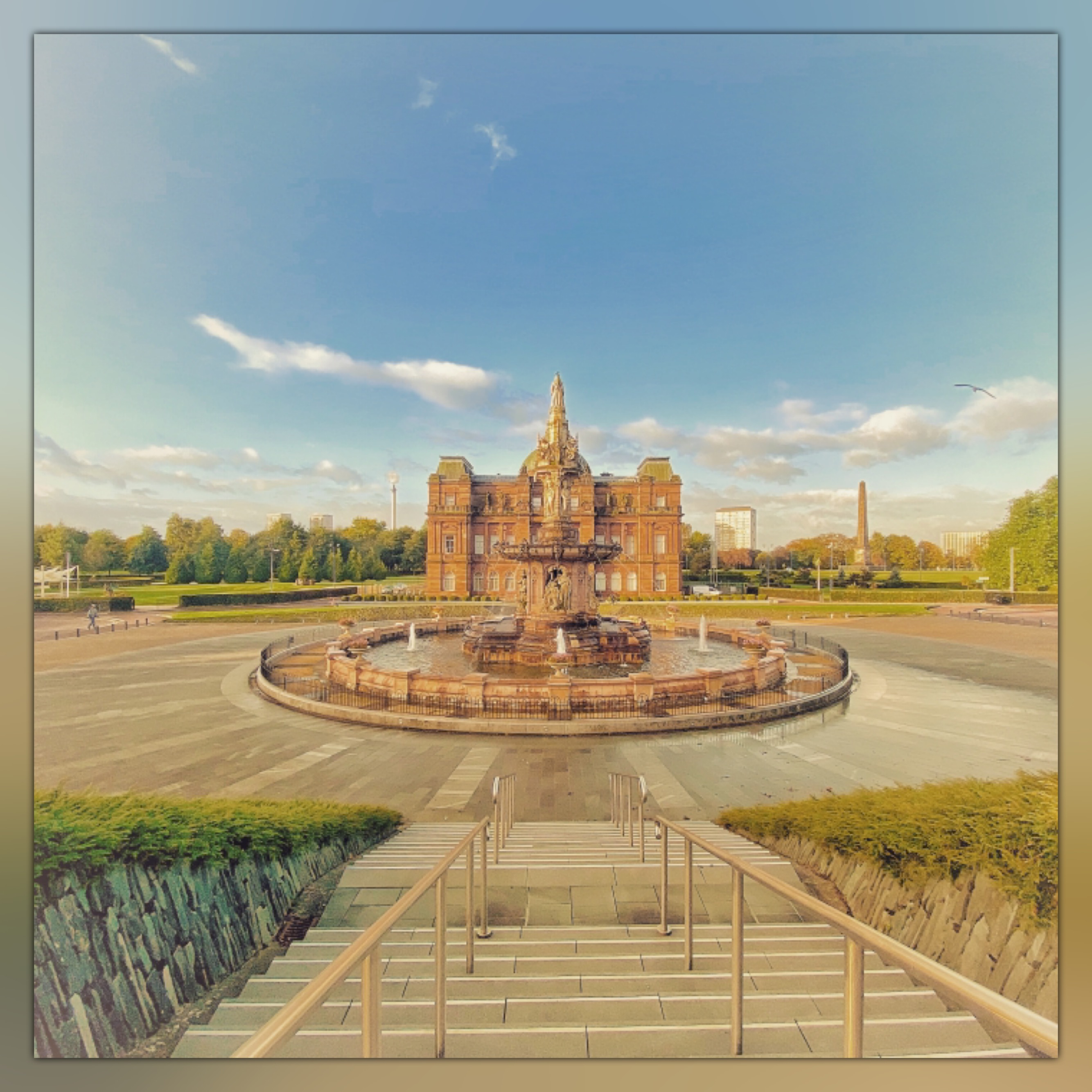
For generations, urban public parks have been places for communities to meet, to connect with nature and to enjoy recreational activities. Parks have multiple benefits for biodiversity, human health and the environment. They can help with flood prevention and during the summer can help control temperatures and humidity.
One of the oldest public parks in the UK is Glasgow Green, a short walk from the centre of Scotland’s biggest city. In 1450, the Bishop of Glasgow gifted the common lands of Glasgow Green to the people, and for centuries it was the city’s only green public space. The park has witnessed some important moments in the city’s history, including demonstrations, sporting and cultural events.
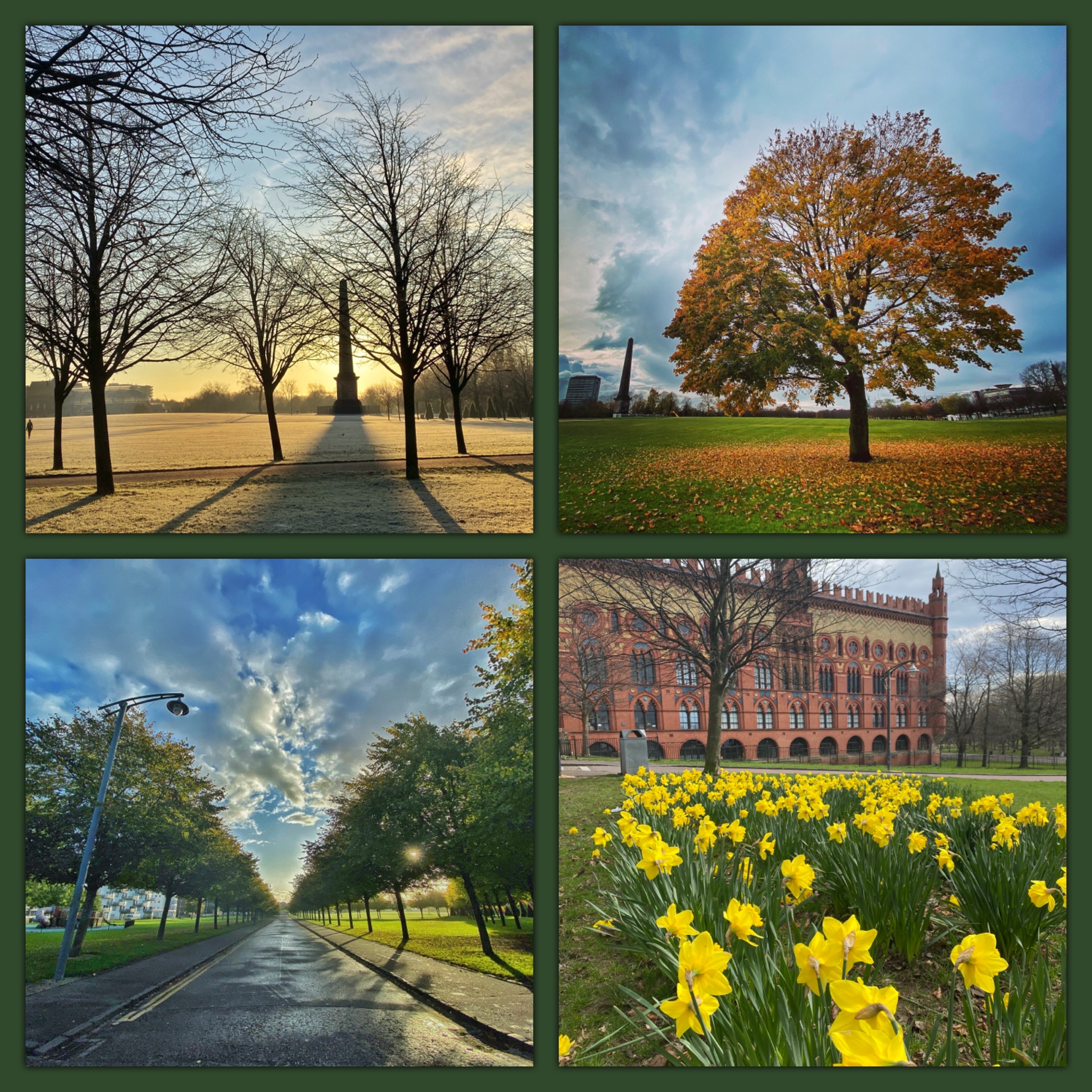
During the early years of the industrial revolution, the park became an oasis for residents from unhealthy housing and working conditions. Similarly, in our own times, Glasgow Green has been an important refuge during the restrictions imposed as a result of the coronavirus pandemic.
Today, Glasgow Green remains open 24 hours a day, with its 136 acres of lawns, flowerbeds, fountains and architectural monuments maintained by workers from Glasgow City Council’s Parks Department. This photo essay reflects on some of the sights and stories associated with Glasgow’s oldest public park.
Flora, fauna and the Glasgow Green geese
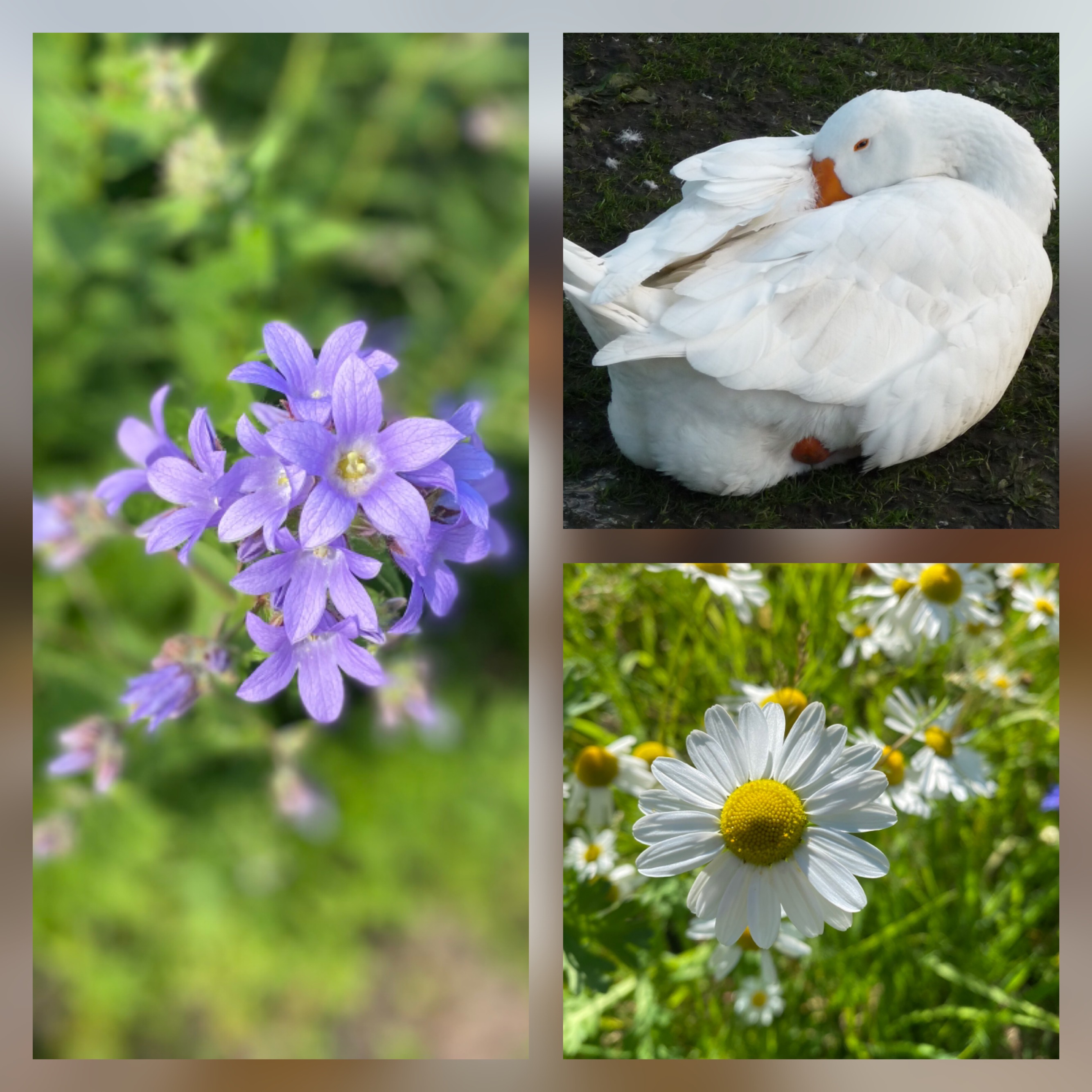
Glasgow Green is home to a variety of plants, flowers and trees, as well as a wide range of wildlife species, including birds, butterflies and red foxes. One of the more unexpected sights in the park is a flock of geese.
For more than 50 years, geese were deployed to guard the stocks of Ballantines whisky maturing in Dunbartonshire warehouses. Geese are famously territorial, and act as a vocal alarm against intruders. With the advent of CCTV in the 1990s, the “Ballantines Bodyguards” were retired to Glasgow Green, and placed in the care of the Glasgow Humane Society. Coincidentally, their new home looks onto a grain distillery, perhaps serving as a reminder of their past life.
A gathering place for sport and culture
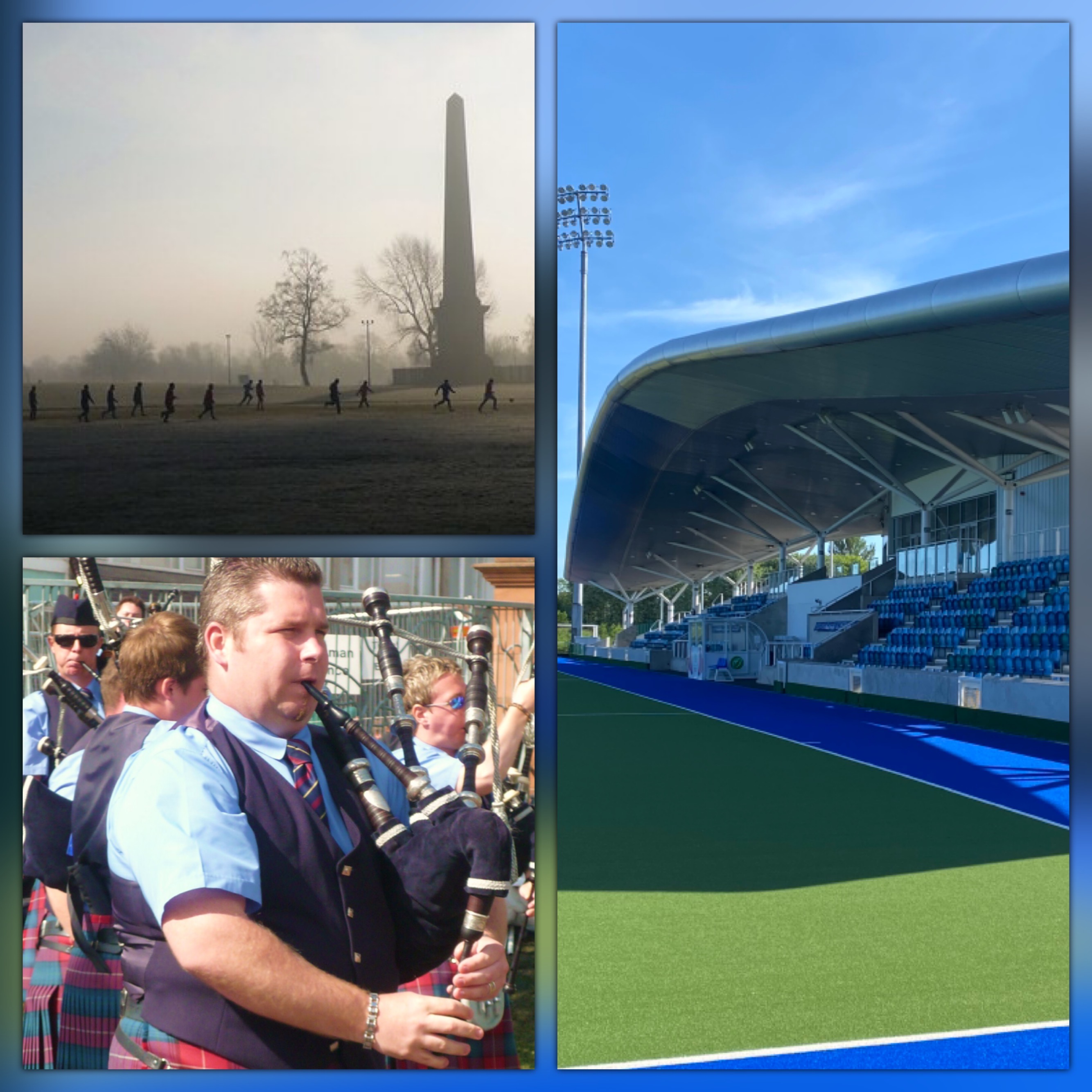
In all weathers, Glasgow Green attracts walkers, cyclists and joggers, as well as offering open spaces for team sports. Rowers from both Glasgow and Strathclyde University boat clubs train on the River Clyde beside Glasgow Green. The park also has strong historical sporting connections. Golf was played here as early as the 16th century, and Glasgow’s two famous football teams – Celtic and Rangers – were both established on Glasgow Green. In 2014, the Glasgow Green Hockey Centre was opened in time to host matches for the Commonwealth Games.
Glasgow Green has also played host to some of the biggest names in music, from Radiohead and Iggy Pop to Coldplay and Lewis Capaldi. In 1990, the park hosted a summer concert celebrating Glasgow’s year as European City of Culture, headlined by local heroes Deacon Blue. In the summer months, Glasgow Green also hosts the World Pipe Band Championships and Proms in the Park.
Glasgow’s Arc de Triomphe
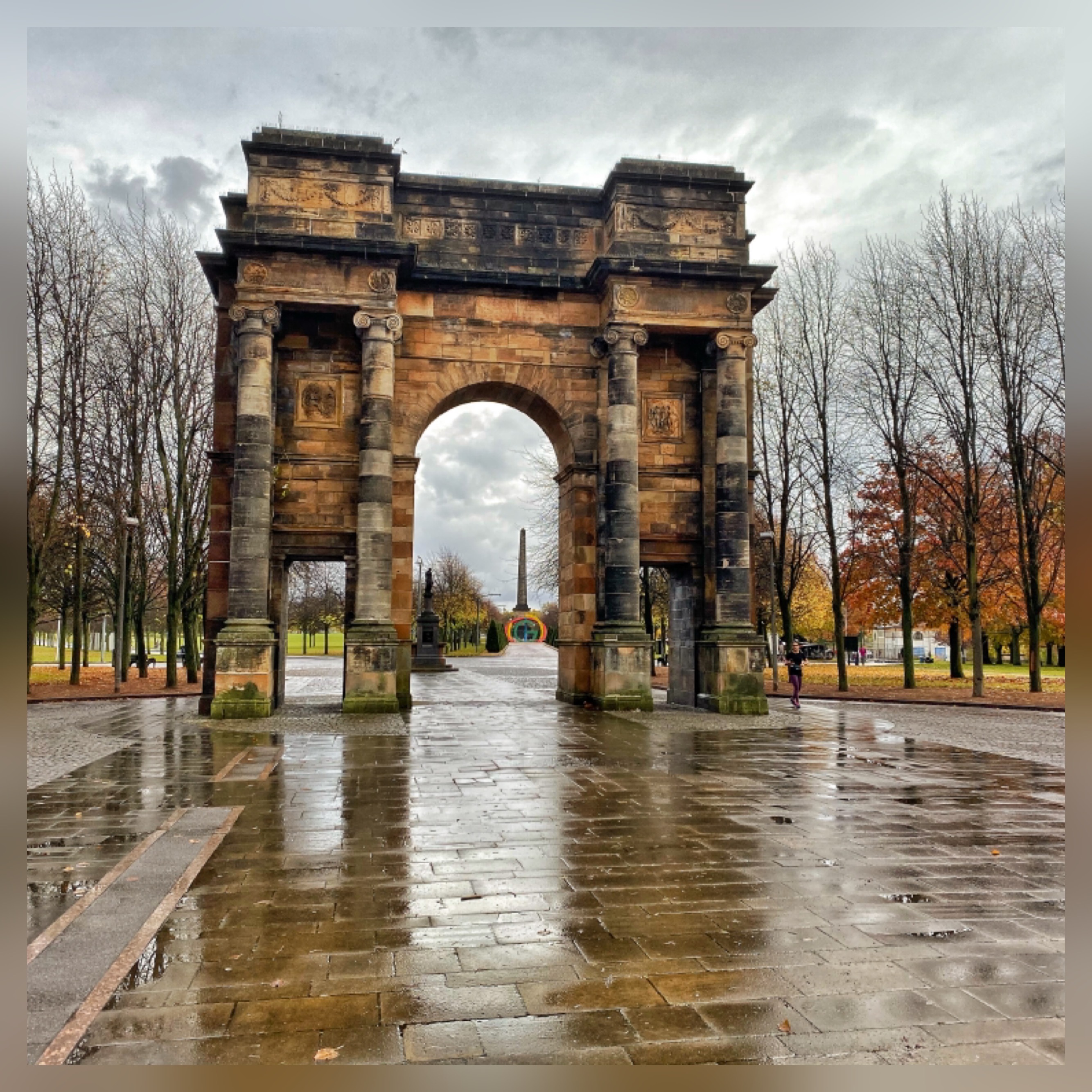
The McLennan Arch started life in 1796 as part of Robert and James Adams’ Assembly Rooms in the city centre. When these buildings were demolished, the arch was reconstructed at the northern edge of Glasgow Green. Since then it has been moved three more times, reaching its final resting place in 1991, a gateway to Glasgow Green’s western perimeter.
History matters: demonstrations, rallies and the birthplace of the industrial revolution
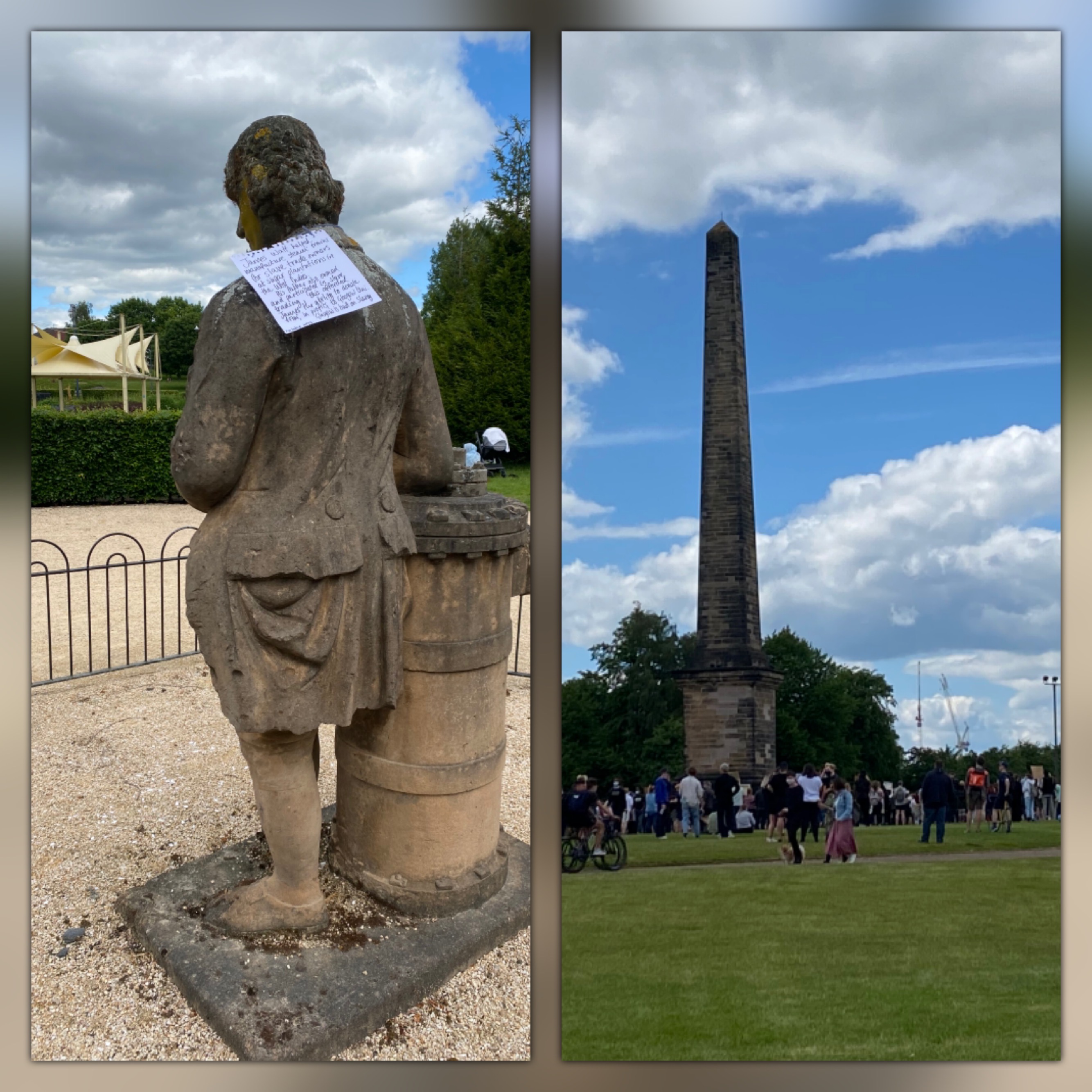
Glasgow Green has always been a focal point for popular demonstrations. In the 19th century, trade unionists and Chartists gathered in the park to campaign for workers’ civil rights. During the 1930s, at the height of the Spanish Civil War, thousands gathered in Glasgow Green to support the Spanish Republic against General Franco and his fascist allies. More recently, the park has seen rallies against war in Iraq and in support of Scottish independence.
Close to the centre of the park, a statue of James Watt commemorates one of the driving forces of the industrial revolution. It’s believed that Watt came up with the idea for fixing the inefficiencies of the steam engine while taking a stroll on Glasgow Green. The moment of inspiration was the vital spark that would revolutionise Britain’s mining, iron, transport and manufacturing industries.
In the summer of 2020, a Black Lives Matter demonstration took place on Glasgow Green, and a notice was placed on the James Watt statue highlighting his role in the trafficking of enslaved people. History is being reassessed in Glasgow, a city that richly benefitted from the proceeds of the Virginia tobacco plantations and the slave trade.
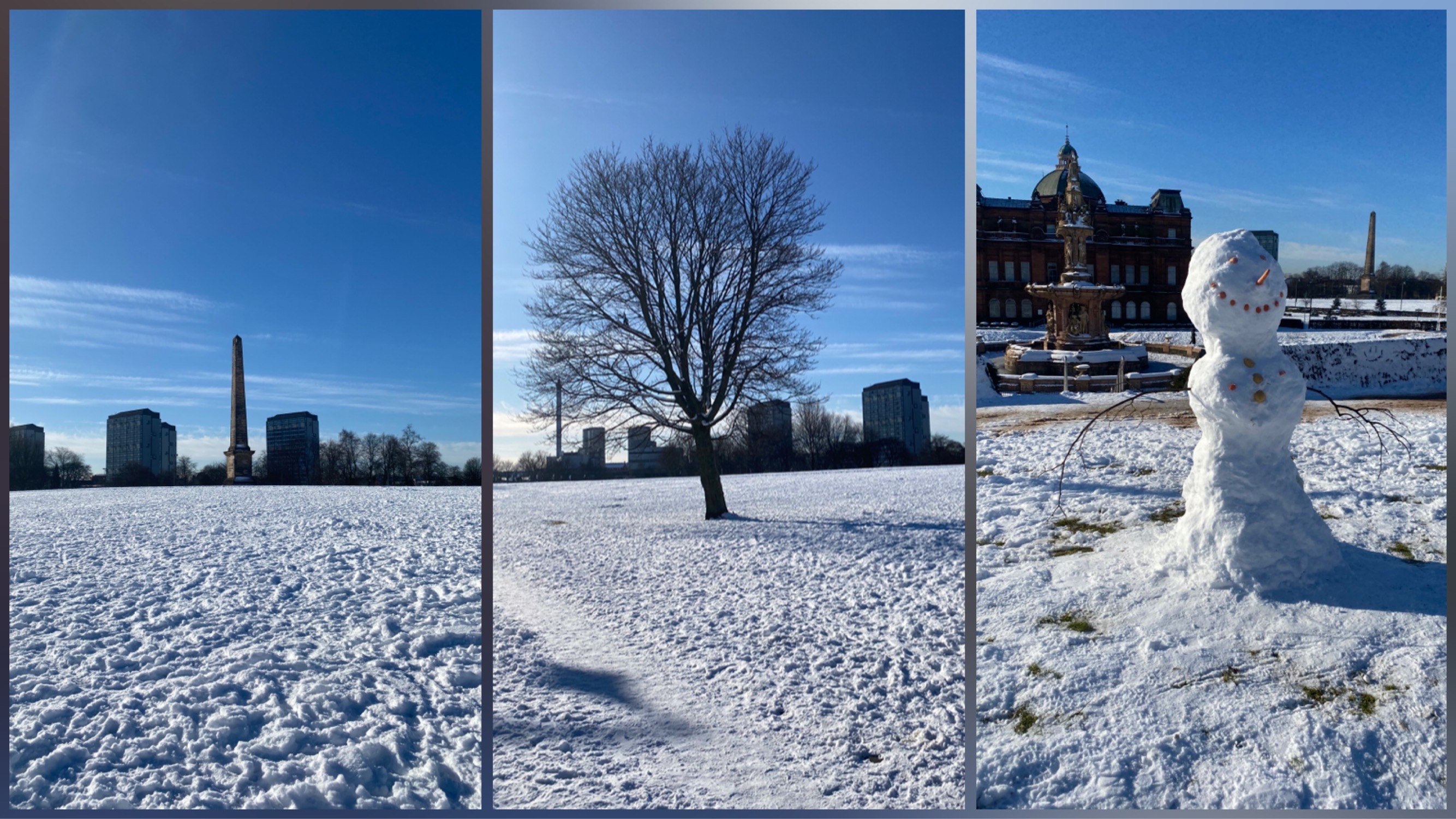
A river runs through it
The River Clyde flows alongside Glasgow Green. In recent years, environmental protection regulations have cleaned up the river, and there are plans to make the Clyde a focal point of economic regeneration. However, the legacy of Glasgow’s industrial past continues to affect the river. A 2019 report by the Clyde Gateway regeneration agency revealed that toxic waste from a former chemicals factory was leaking into the river, posing risks to human health and the environment. Clyde Gateway and Glasgow City Council have been taking remedial action until a permanent solution can be found.
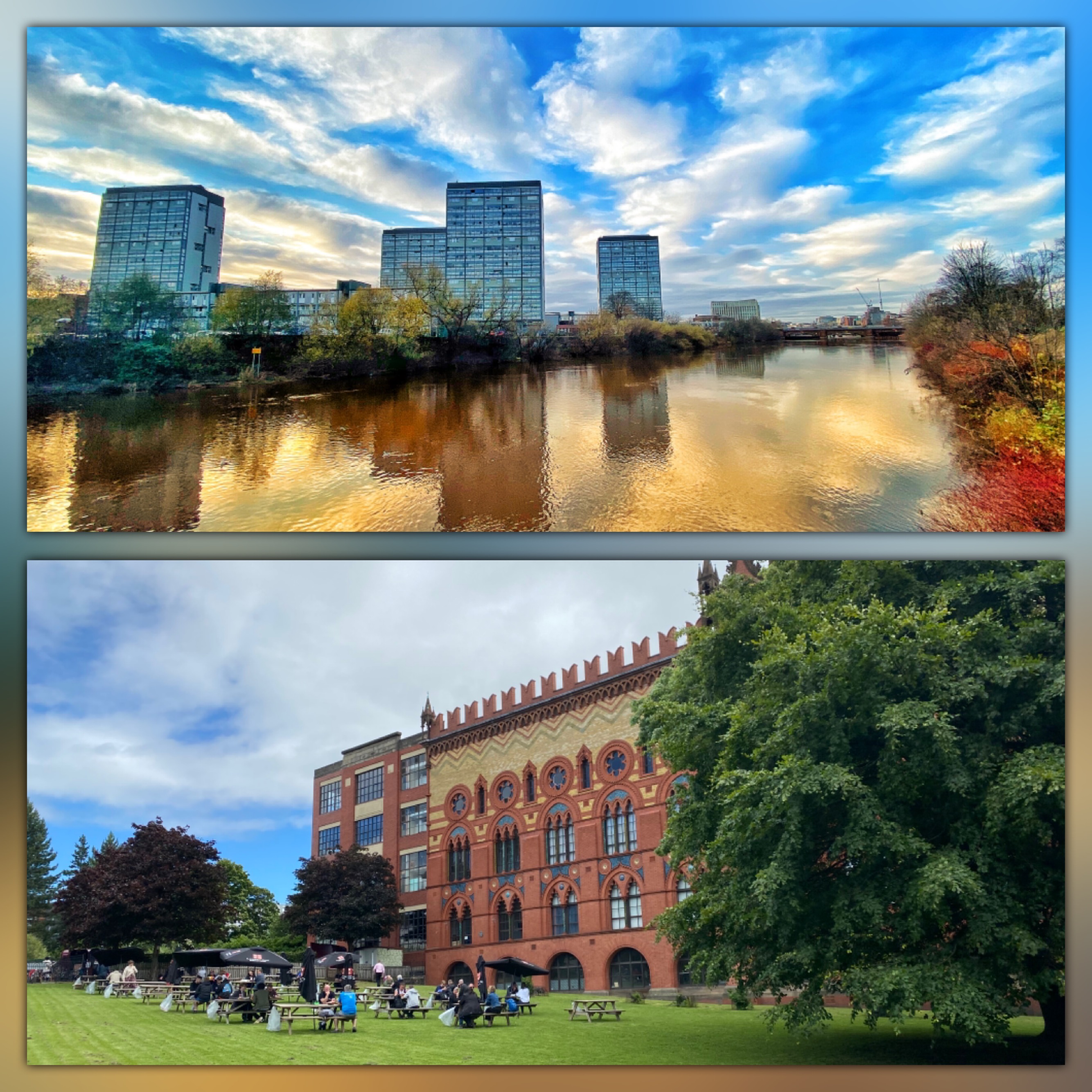
From carpets to cocktails
One of the most impressive architectural features of Glasgow Green is the Templeton Building. It was opened in 1892, and designed by William Leiper who modelled the building on the Doge’s Palace in Venice. The façade of the building reflects the exotic designs of the carpets that were made there for almost 100 years. The building has also been touched by tragedy. During construction, a gust of wind brought one of the walls down on a shed, where a large number of young women were weaving carpets. 29 of them died in the east end’s worst peacetime disaster.
Today, the Templeton building contains apartments, offices and a microbrewery. During the summer months of 2020, the bar extended its beer garden to create an open-air restaurant for visitors to meet together when the lockdown restrictions were relaxed.
A clean sheet
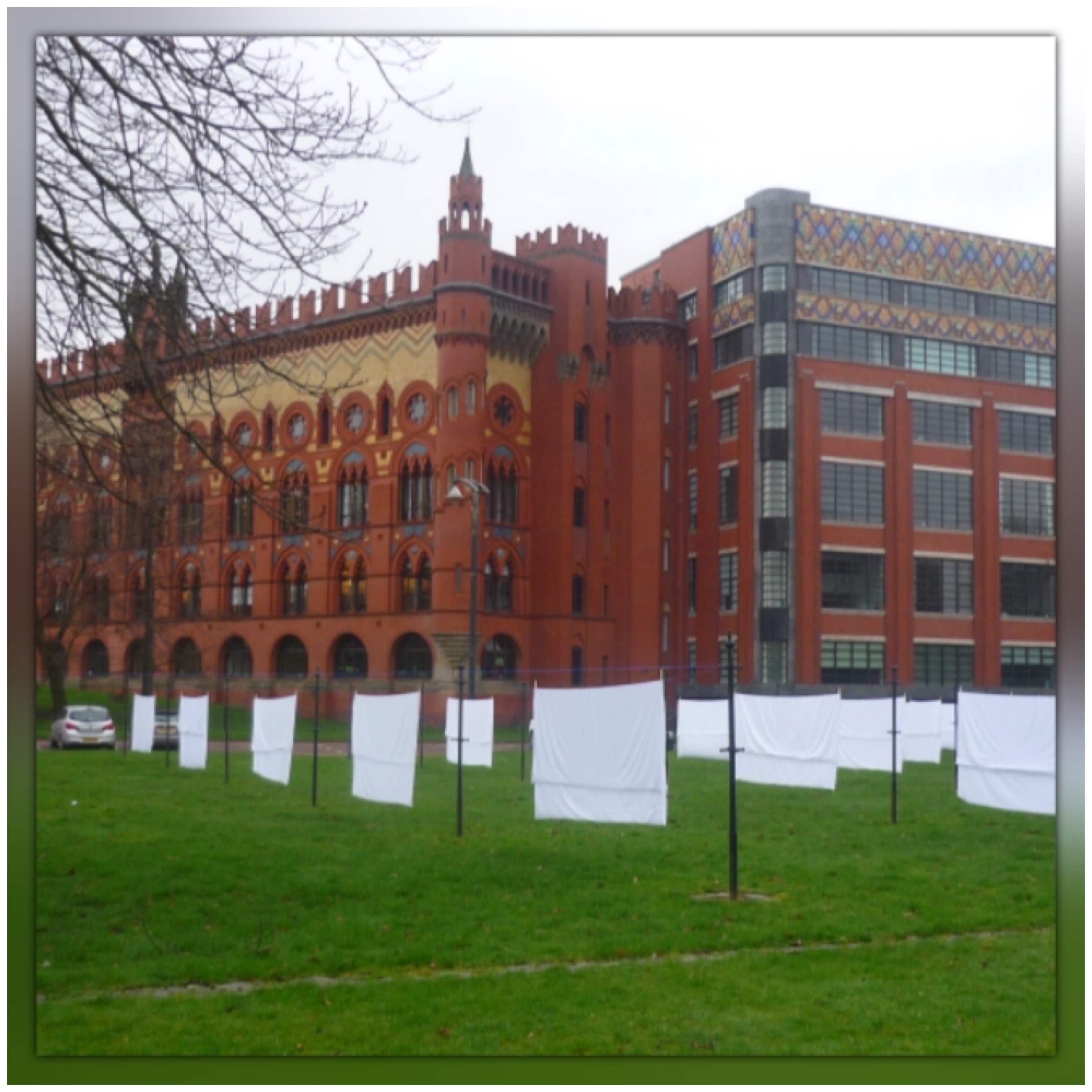
Almost from the start of its history in the 15th century, Glasgow Green was used for household washing and drying. The drying green, opposite the Templeton Building, was in regular use until 1977. The women of Glasgow washed their clothes in the nearby wash-houses (or “steamies”) and then chatted together while their weekly wash dried in the open air. Today, while the iron poles have been retained, they are rarely used for drying clothes.
On International Women’s Day in 2019, the drying green enjoyed a comeback when 30 bed sheets were hung to celebrate the work of women past and present. Local businesses sponsored each of the sheets, women gathered to celebrate their mothers and grandmothers, and the proceeds from the day went to charity.
The never-ending story

Glasgow Green is unique, but like so many other public parks around the UK, it is an important community resource, a gathering place and a link between the past and the present.
A study by the Social Market Foundation reported on research that estimated the wellbeing value of UK parks and green spaces at £32.4bn. A further 2020 report by NESTA highlighted the threat to parks as a result of budget cutbacks imposed on local authorities, noting that some councils have reduced spending on parks by as much as 87%.
But during the pandemic, the value of parks has suddenly become clearer, as individuals, families and communities have rediscovered the benefits of spending time in green open spaces. As visitor numbers have soared, councils have acknowledged the importance of parks. In March 2021, Liverpool City Council became the first UK local authority to legally protect the future of its parks and green spaces. As the council’s acting mayor observed:
“…the benefits aren’t just health related. Access to green spaces improves our neighbourhoods, tackles climate change, supports education and economic growth and they frequently become the stage on which we host many of our hugely popular cultural celebrations.”
That’s certainly true of Glasgow Green. More than 500 years after its establishment, the park continues to generate joy and jobs, stories and memories. Glasgow Green truly is a park for all seasons.
Further reading: more on parks from The Knowledge Exchange blog:
Share
Related Posts
Tackling geographical inequalities is critical for ensuring that all parts of the country have the potential to prosper. When the UK was a member of the European Union, it was entitled to a share of funding from the EU’s structural ....
By Ian Babelon A new-old concept for proximity “Are we there yet?” Parents may patiently nod to their children’s insistent nudges on a 20-minute journey to… somewhere. Quite rightly, researchers have asked: twenty minutes to what? The answer may well ....
By Ian Babelon In the first part of two blog posts, published on 22 May, Ian Babelon provided examples of good practice in retrofitting social housing. The second part of this blog post looks at estate-wide and area-wide social housing ....

